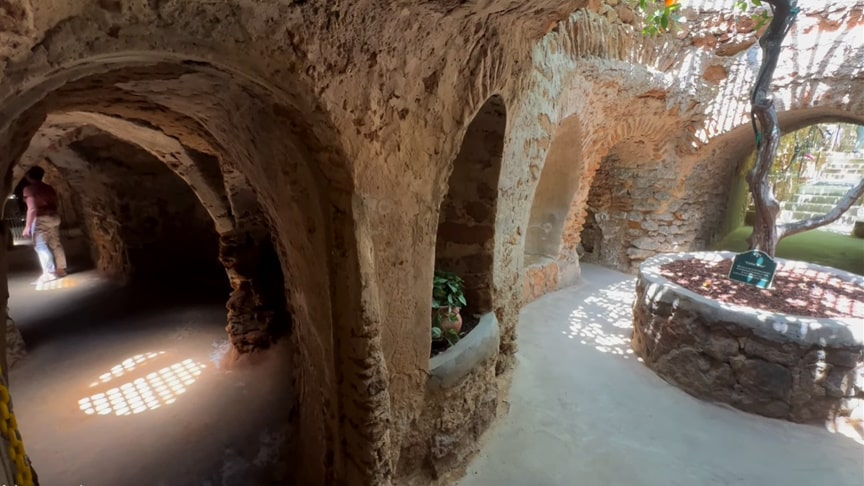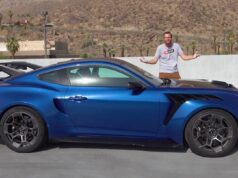During the heat wave of 1906, Baldasare Forestiere dug a home underground with just a pickax and shovel. He spent 40 years excavating 10 acres of rooms, tunnels, a chapel, an underground aquarium and courtyards to experiment with underground farming. With no budget, he mixed mortar from the dirt he dug out, creating his own concrete and bricks. Despite continuing to work as a day laborer during the day (mostly digging irrigation ditches), by the 1920s he had completed about 50 subterranean rooms.

A Sicilian immigrant to Fresno, California, Forestiere had planned to farm citrus until discovering that his 80 acres of “hardpan” soil was unusable for planting. Digging as far as 20 feet below the surface, Forestiere reached depths where the soil was good and his trees were protected from Fresno’s extreme summer heat and winter frosts. After about 20 years of digging and underground farming, he could quit his day job and live off the fruits of his subterranean orchards.
Despite having just a fourth grade education and no architectural training, Forestiere – inspired by the catacombs of Rome – built arches for support, and to this day none of his underground construction has collapsed. In areas where he wanted more natural cooling (like near stoves), he created cone-shaped openings to encourage the venturi effect, pushing the hot air out and sucking the cooler air down.
Advertisement
His underground home had a kitchen with wood-burning stove, ice box and dining room, winter and summer bedrooms, lots of skylights, subterranean fish pond, a car garage for guests and a three-floor aquarium with an underground glass viewing area. He had plans to open an underground resort to the public as a place to cool off in the summer, but he died before it was completed. His brother and family took over the site and today it’s open to the public.










